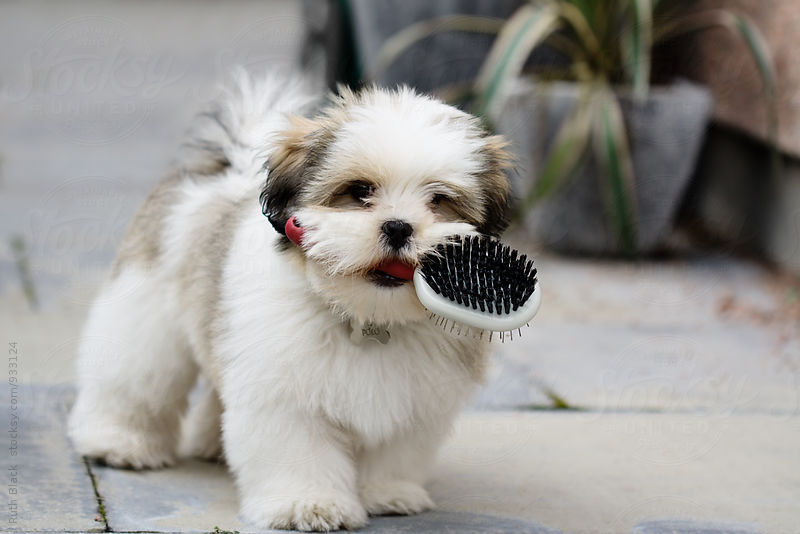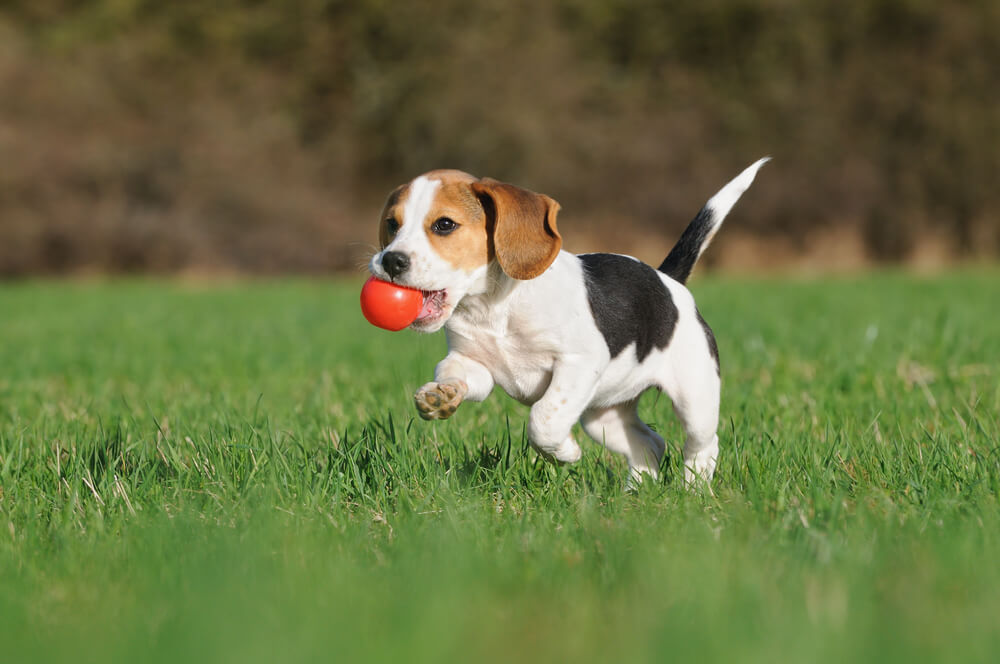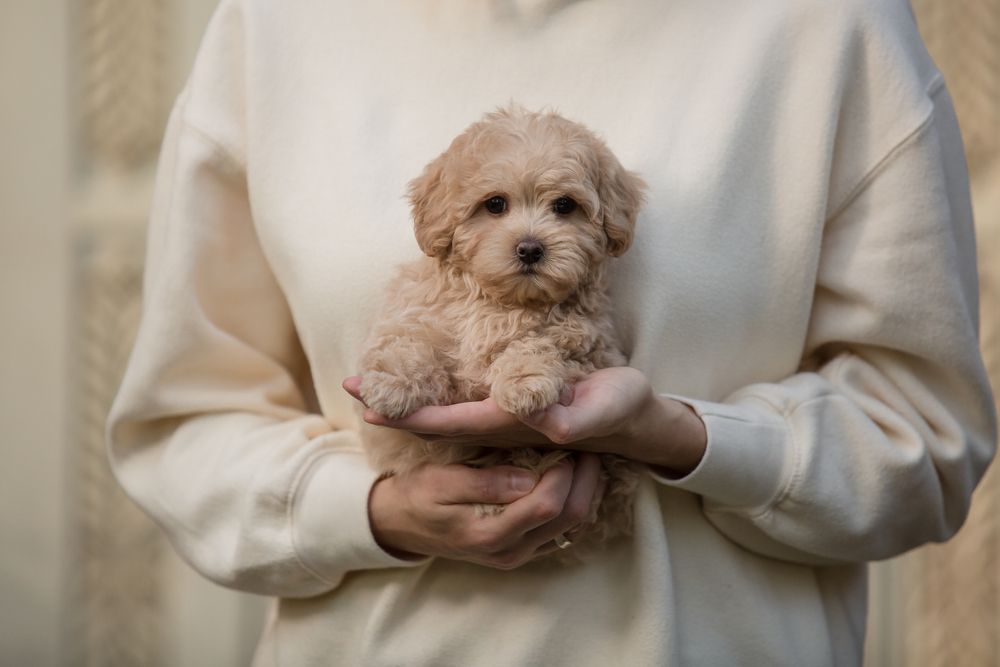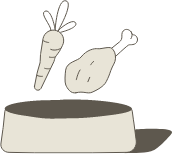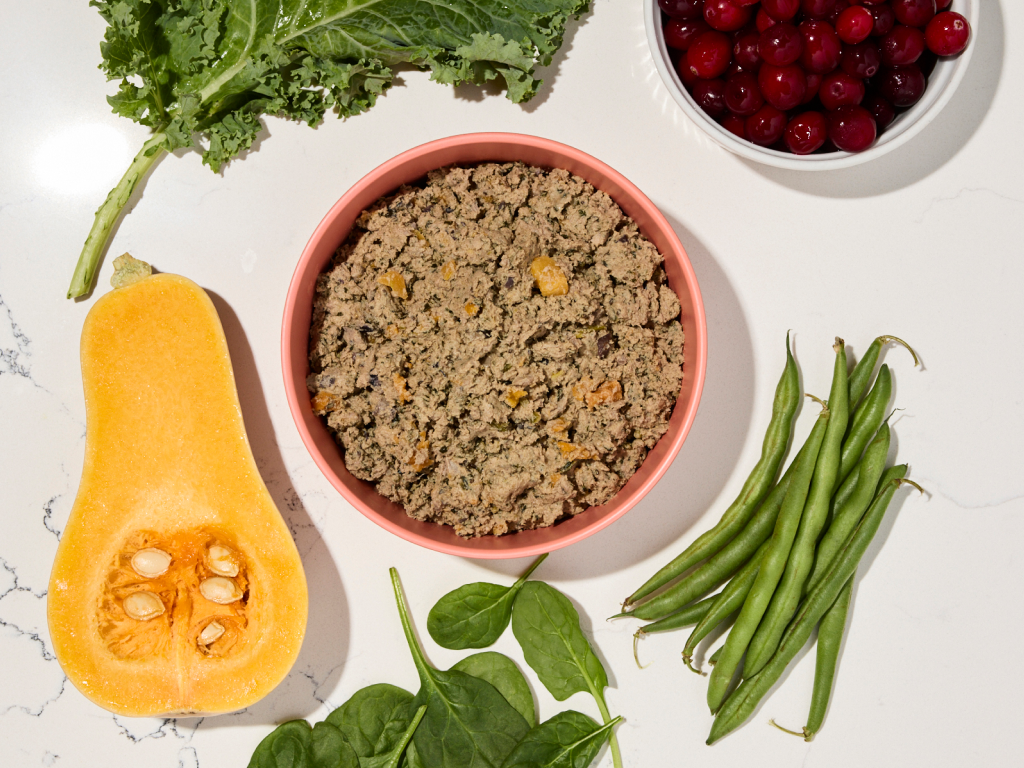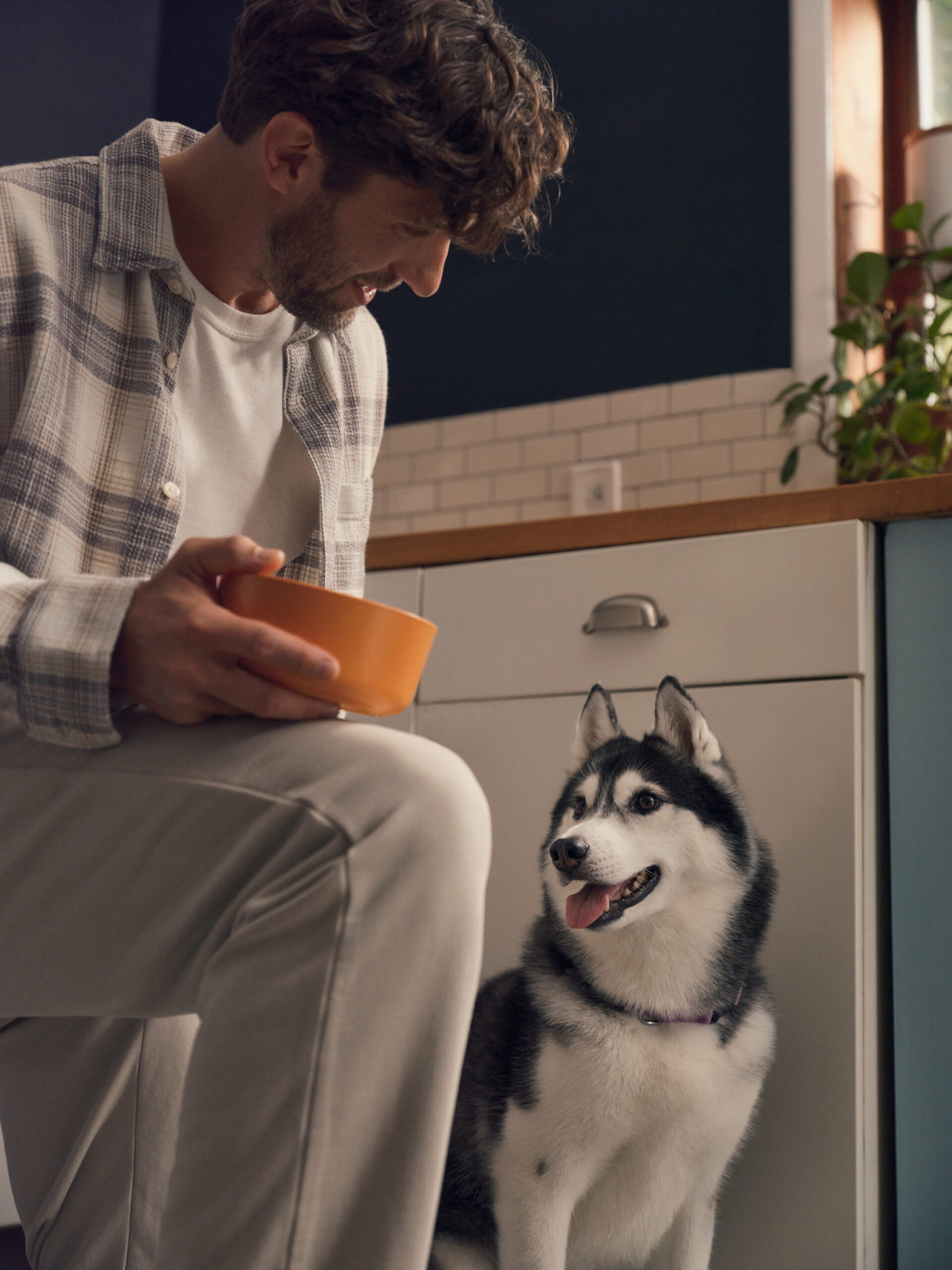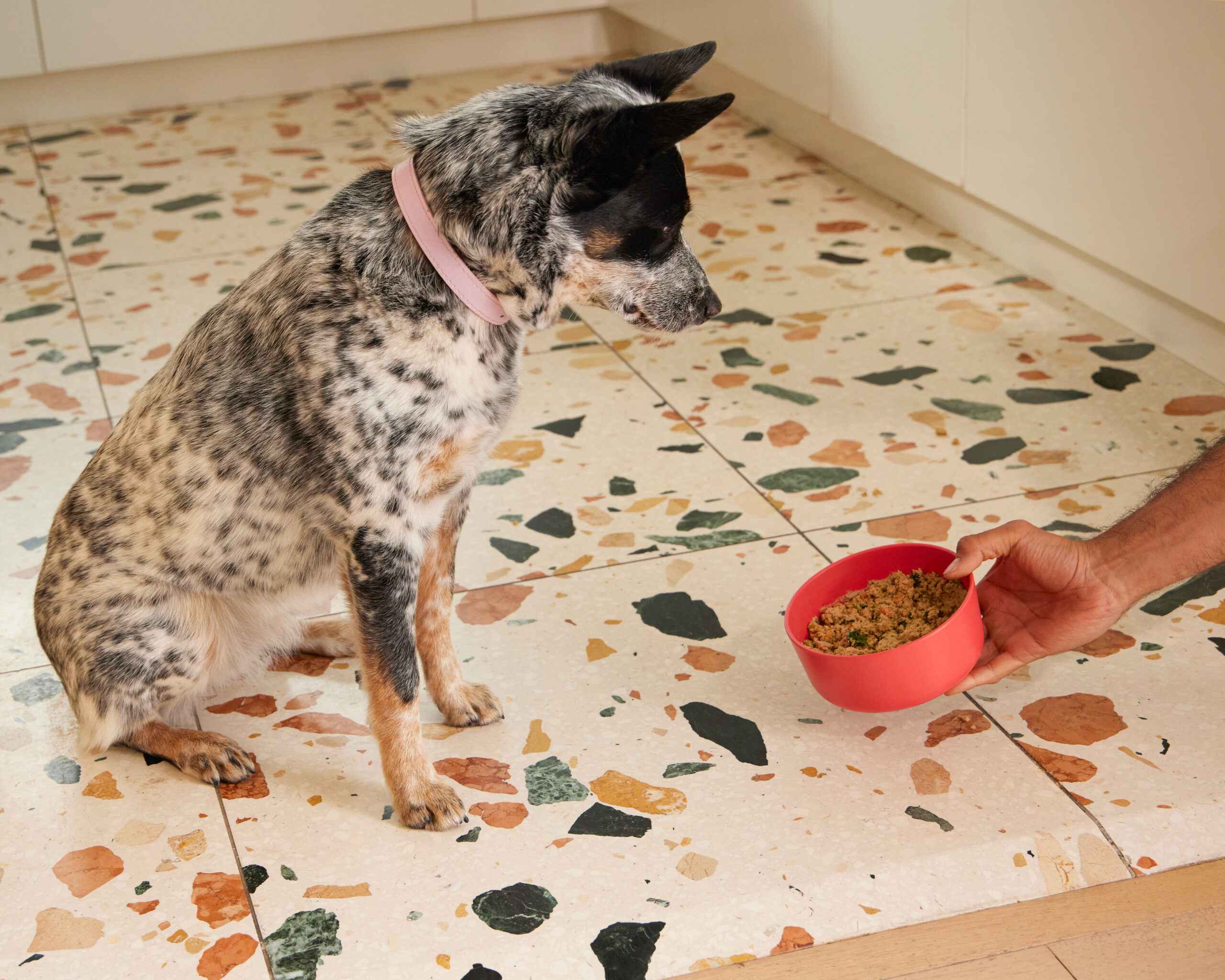Hey Ollie blog readers! We’re offering you an exclusive 60% OFF your starter box! Try now!
Standing in front of a wall of pet brushes can be an overwhelming shopping experience. You hardly know what brush to buy for yourself (if you even brush your hair at all.) We’ve got a crash course to help you find the perfect one to tame your dog’s mane. Basically, it’s a matter of matching up the right bristle with the right coat. You know, like e-harmony for dog brushing.
Generally speaking, there are three types of brushes to consider:

Let’s play matchmaker and break down the most compatible pairings, shall we?
Wire-pin brushes
Rubber-tipped ends make for a smoother sensation (think: rubbing compared to scratching), especially for sensitive skin and personalities.
Best suited for: medium to long hair, as well as those with curly coats
Specific breeds: Spaniels, Lhasa Apsos, Golden Retrievers, Setters, Yorkies, and Maltese (It’s also good for the soft undercoat of Sheepdogs, Chows, Collies, Pomeranians, and other soft underbelly types.)
Bristle brushes
Stiff, straight clusters of bristles match well with a variety of hair types, depending on the spacing of the bristles and their stiffness. The longer the hair, the more space you want between bristles.
Best suited for: rough-on-top, soft-underneath breeds; coarse, wiry haired breeds; and smooth short coat breeds
Specific breeds: Sheepdogs, Chows, Collies, Pomeranians, Terriers, Hounds, Chihuahuas, and most Retrievers
Slicker brushes
The short, stiff, pin-like surface is perfect for hair that frequently mats and tangles. Even the snarliest hair is un-snarled with a slicker.
Best suited for: soft or coarse hair that is medium or long in length, and is easily tangled or matted
Specifically: Shih Tzu, Lhasa Apsis, Maltese, Yorkies, Bichons, Pekingese, and Pomeranians
Depending on your dog’s coat, you may need two different brushes to keep things tame. For example, a Collie with a coarse outer coat but a soft, shaggy undercoat might need a stiff bristle brush on top and a wire-pin brush underneath. Once you’ve got the right one (or two), a daily brushing will result almost immediately in a shinier, healthier coat as natural oils are stimulated at the roots and dead hair and skin is buffed away. It’s also the best way to cut down on shedding. Now get out there and find your one true brush!
The Ollie blog is devoted to helping pet parents lead healthier lives with their pups. If you want to learn more about our fresh, human-grade food, check out MyOllie.com.
Tagged As:
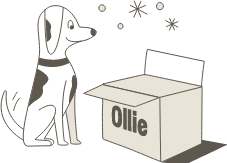
The nutrition your dog needs,
the food they want.

Enjoying our articles? Subscribe our Newsletters and get new articles directly to your inbox
You might also like
2 July 2025
5 MINS READ
Upgrade Your Dog’s Bowl: The Truth About Premium Food Quality
Every pup parent wants the best for their dog, but choosing the right food for your dog can be overwhelming. With so many options, how do you know what truly makes a food “premium”? The answer lie…
by Serena
2 July 2025
5 MINS READ
Why Top Vets Recommend Premium Dog Food with Real Ingredients
A longer, healthier life starts with the right nutrition. The quality of your dog’s food can directly impact everything from energy levels to immune function. As more pet parents seek out the be…
by Serena
2 July 2025
6 MINS READ
Top Dog Food Options for Allergies That Truly Make a Difference
If your dog is constantly scratching, dealing with upset stomachs, or battling recurring ear infections, food allergies might be the culprit. Finding the right food for allergies can be a game-cha…
by Serena
